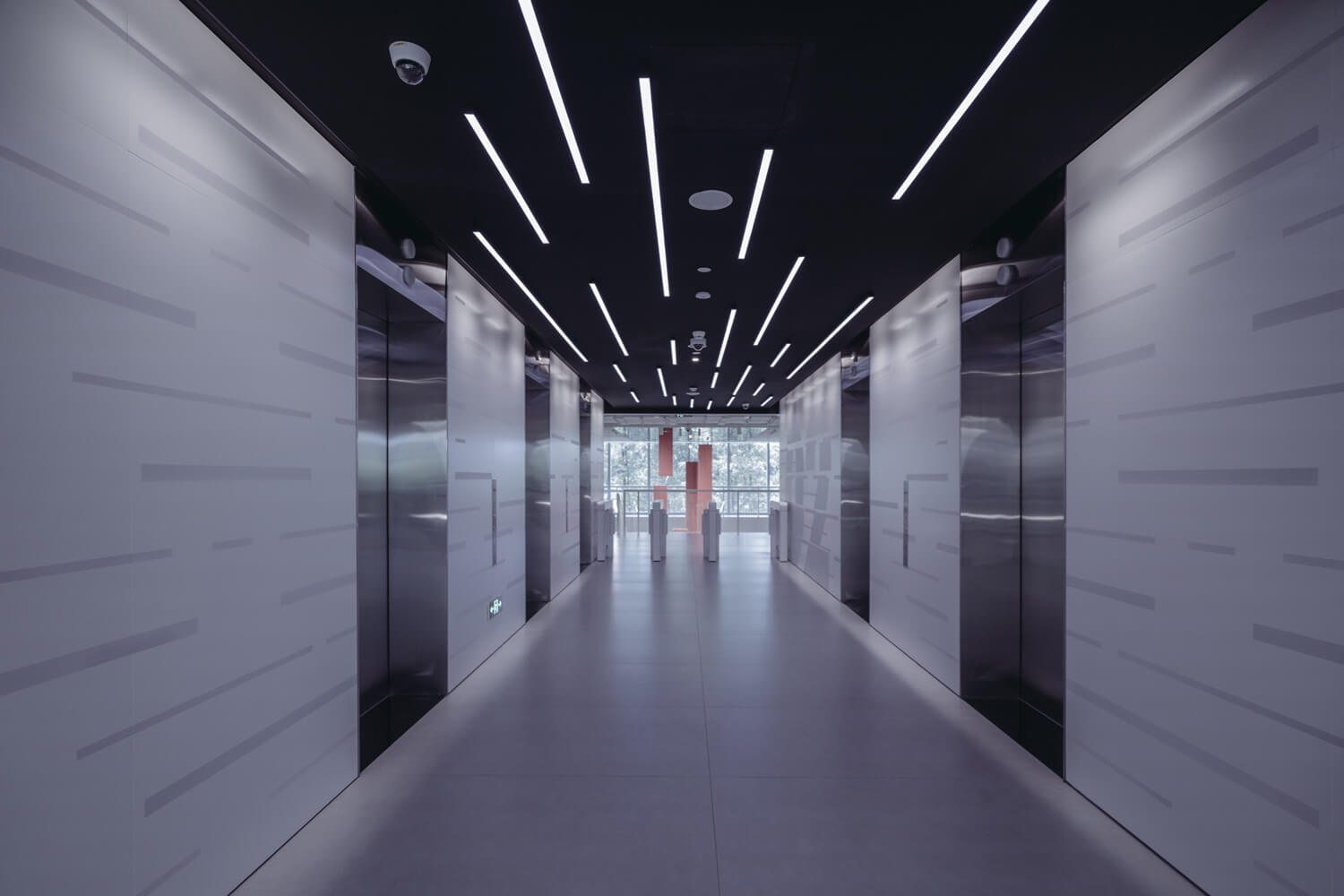Elevators are not just a modern convenience; they are a requirement in many types of commercial buildings. The Americans with Disabilities Act (ADA) requires certain multi-story buildings to install elevators for the accessibility of patrons who cannot use stairs. Understanding the elevator requirements for commercial buildings can help your business stay compliant and accessible.
To ensure the compliance of your elevator monitoring system, reach out to ELEVATE Monitoring today.
When Are Elevators Required in Commercial Buildings?
ADA requirements for elevators state that buildings with three or more stories, or those in which each floor exceeds 3,000 square feet, must have elevators. Smaller buildings generally do not legally need elevators unless they are one of the following:
- Medical office
- Public transportation facility
- Large retail space
- Airport
These businesses do need elevators if they have multiple stories, regardless of their size.
There are a few exceptions to this rule. For example, if the upper floors are not intended for public access, the building may not legally need an elevator. Some historic buildings and churches are also exceptions to this rule. However, these buildings may require other solutions for ADA compliance, such as ramps or wheelchair lifts.
Standards Commercial Elevators Must Meet
Simply having an elevator is not enough to remain legally compliant. You also need to follow commercial elevator building codes and safety regulations.
The ASME A17.1-2022 Elevator Code details commercial lift design standards for elevators in most large commercial buildings. Such elevator compliance requirements include, but are not limited to, the following:
- The elevator must be accessible from a public area of the building, such as the lobby.
- The doorway must be at least 36 inches wide.
- The doors must have obstruction sensors that automatically reopen if motion is detected between them.
- The doors must stay fully open for at least three seconds before closing.
- The elevator must have an emergency intercom system that connects occupants to an operator when they need assistance.
- There must be a two-way intercom for visually and hearing-impaired riders.
- The cabin must be at least 68 inches wide and 51 inches deep.
- The buttons must be at least 0.75 inches wide and positioned approximately 42 inches above the floor.
- The buttons and control panel must have Braille labels near the numbers.
- There must be an audible signal indicating that the elevator has reached the intended floor.
Meeting these requirements ensures that your elevator is ADA-compliant and accessible for the majority of people who will need to visit the upper floors of your building. Elevator manufacturers keep these elevator requirements for commercial buildings in mind when designing their machinery.
Enhance Your Elevator Safety With ELEVATE Monitoring
To ensure the compliance of your elevator safety system, consider investing in two-way video communication technology from ELEVATE Monitoring. Our solutions meet elevator requirements for commercial buildings and give occupants a safe, reliable method of calling for help when they need it.
Reach out today at 877-990-9191 to speak with our team, then learn about other elevator upgrades you can make to improve elevator safety and efficiency.


